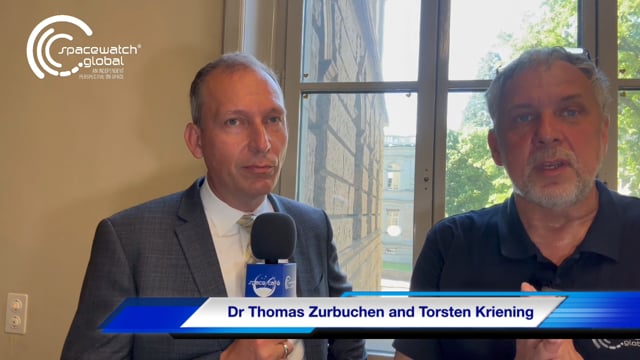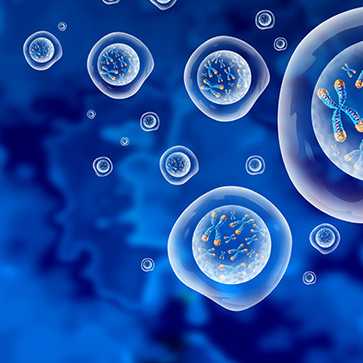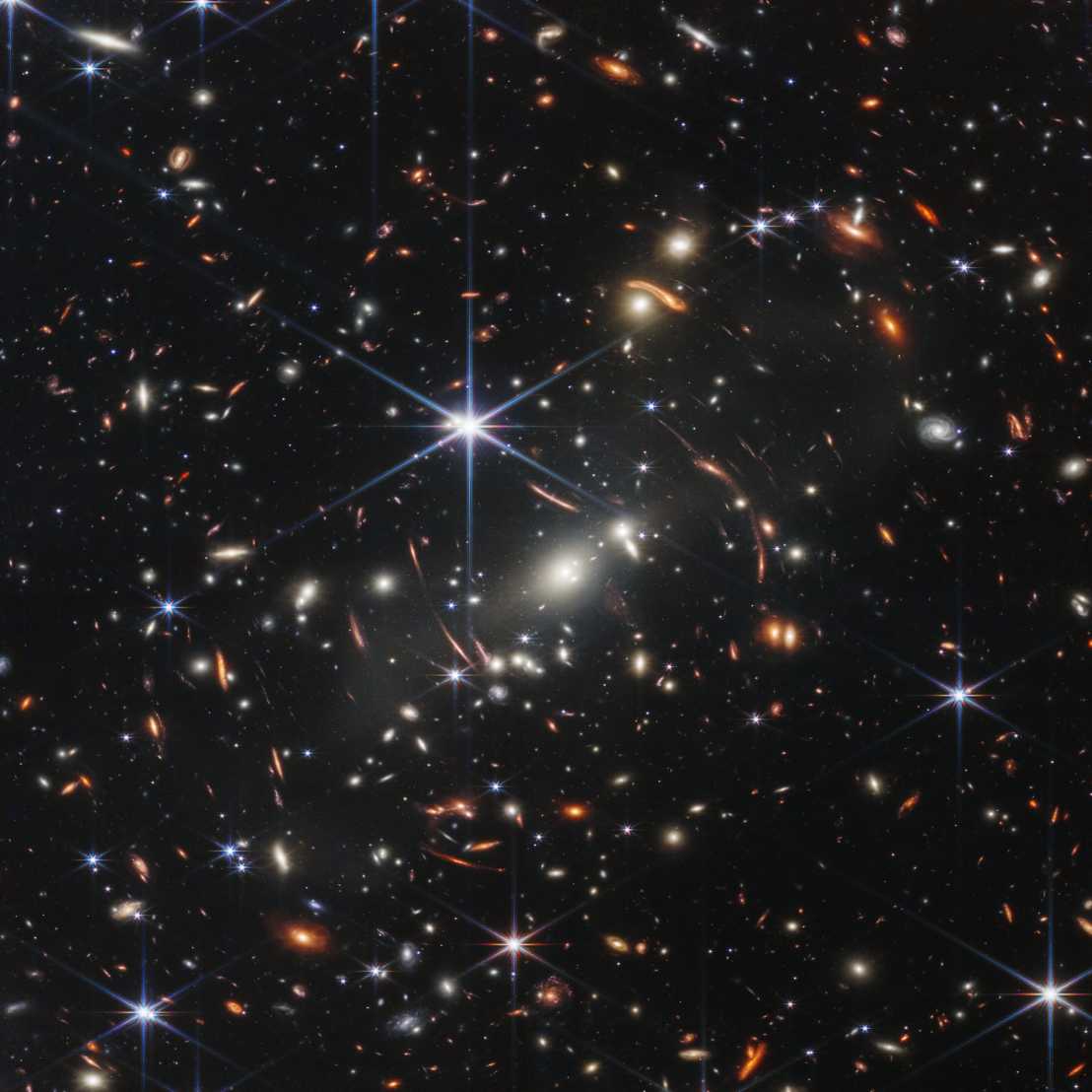In the Media - June 2023
Featuring the best of this month's news stories from the perspective of journalists and media around the globe.
Reuters
28 June 2023

Unveiling the Molecular Control Center in Protein Factories
Up to now, it was unclear how methionine aminopeptidases (METAPs) come into contact with the protein factories and, just at the right place and moment, cause the excision of methionine from specific proteins. Biologists Elke Deuerling, Martin Gamerdinger and their team from the University of Konstanz (Germany), together with external page Nenad Ban and his colleagues from ETH Zurich (Switzerland), have now shed light on the subject. The results published in Science show: access of METAPs to protein factories is controlled by a “ribosomal gatekeeper” called NAC (short for “nascent polypeptide-associated complex”).
Global warming could surge the CO2 emissions from soil microbes
Also reported in...
external page Mother Nature News
external page Science Magazine
external page Daily Guardian EU
Reuters
21 June 2023

ETH Zurich sent 'tens of gigabits' of data through air using lasers
Also reported in...
external page Innovation Origins
As Switzerland’s glaciers melt, voters approve new climate law to cut planet-heating pollution
Also reported in numerous syndicated regional television and digital channels in the U.S., as well as...
New intra-abdominal patch senses hidden postop threat (A "spy" in the belly)
Also reported in...
external page News Medical Life Sciences
Biodiversity emerges from environmental jungle
Satellite imagery is now being used for a huge range of environmental monitoring, from detection of methane leaks to counting wildlife populations and detecting illegal mining. In a 2022 paper, external page Anna Schweiger, a remote sensing ecologist at Crowther Lab at ETH Zürich in Switzerland, found that imaging spectroscopy from satellite images can also now be used to monitor changes in plant community composition in close-to-real-time on a global level.
GIZMODO

12 June 2023
Webb Telescope Reveals How Light Emerged From the Fog of the Early Universe
The researchers found that regions around the galaxies were bubbles of transparency, suggesting that the galaxies themselves were involved in the reionization of the universe. external page “As we look back into the teeth of reionization, we see a very distinct change,” said study co-author Simon Lilly, an astronomer at ETH Zürich in Switzerland, and the leader of the research team, in a Space Telescope Science Institute release. “Galaxies, which are made up of billions of stars, are ionizing the gas around them, effectively transforming it into transparent gas.”
Also reported in...

How Einstein's old stomping ground became Europe's spinout capital
external page ETH Zurich has spun out the most companies of all universities in Europe...
Also reported in...
Expanse Supercomputer Aids in Nanoparticle Assembly Research
In a recent study conducted using the Expanse supercomputer at the San Diego Supercomputer Center at UC San Diego, a team of scientists from the Ames National Laboratory at Iowa State University and external page ETH Zurich examined how to assemble perovskites that are shaped as nanocubes with other sphere-shaped nanocrystals.
Santiago Calatrava to receive the Leonardo da Vinci Lifetime Achievement Award for Design at the Florence Biennale
Calatrava, who has won several other awards, including the 2005 AIA Gold Medal and the European Prize for Architecture in 2015, has also enjoyed an illustrious academic career adjacent to the work of his 42-year-old practice, including a permanent guest lecturer positions at the ETH Zurich, Yale School of Architecture, and MIT.
New insights into how aggressive cancer cells proliferate and propagate the disease
Also reported in...
external page News Medical Life Sciences
Slow Electrons Could Improve Radiation Damage Analysis
Also reported in...
Air pollution sensors can double as biodiversity monitors
Also reported in...
external page Associated Press / MSN
external page The Japan News / Yomiuri Shimbun
As well as numerous regional publications and radio broadcasts in the U.S.
Reuters
3 June 2023

Demand for chocolate causes more illegal deforestation than people realise

Nikolai Kalischek of the Swiss Federal Institute of Technology in Zurich and a group of colleagues set out to map deforestation driven by cocoa farming across Ivory Coast and Ghana, which together produce two-thirds of the world’s cocoa. To generate their map, they combined data on the known locations of certain cocoa plantations with high-resolution satellite imagery.
ETH Zurich Media Relations
Tel. +41 44 632 41 41
For media clippings from past years, visit the "In the Media" archive!












































